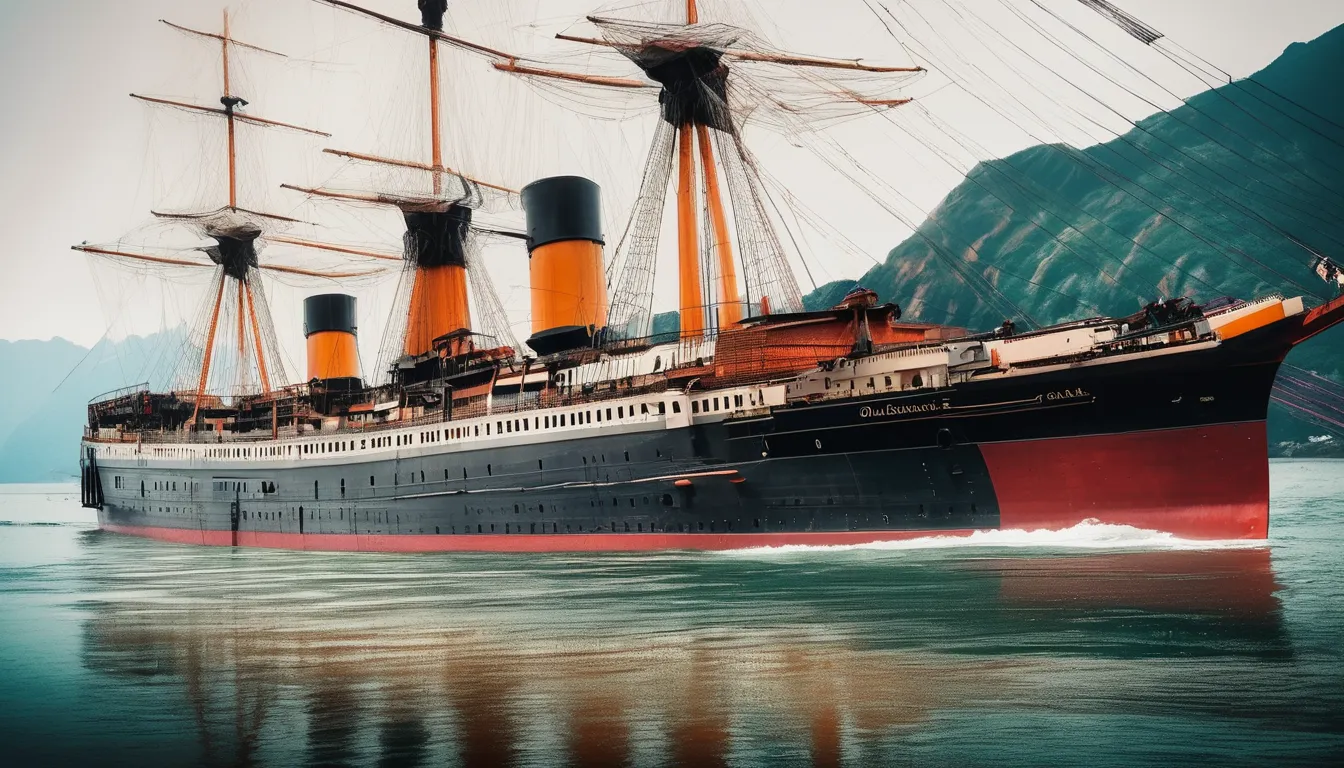When you’re navigating the world of Old Ironsides artifacts, spotting fakes is crucial for any serious collector. You’ve got to know the common types of reproductions and alterations that can slip through the cracks. By examining provenance, employing scientific methods, and scrutinizing craftsmanship, you can build a robust defense against deception. But what happens when the line between authentic and fake gets blurred? Understanding the nuances of verification could mean the difference between a valuable piece of maritime history and an elaborate replica.
Understanding Old Ironsides History
Old Ironsides, officially known as the USS Constitution, holds a significant place in American naval history. Launched in 1797, this wooden-hulled frigate was designed to protect American merchant shipping during the Quasi-War with France and the War of 1812.
You’ll find it fascinating that Old ironside fakes earned its nickname due to its impressive resilience in battle, famously defeating British ships and becoming a symbol of American strength.
As you explore its history, you’ll discover that Old Ironsides was one of the first six frigates commissioned by the United States Navy. With a remarkable record of victories, it boasts a storied past that includes not just naval engagements but also its preservation as a historical landmark.
The ship now resides in Boston, serving as a floating museum and a testament to America’s maritime heritage.
Understanding the history of Old Ironsides not only enriches your appreciation for this iconic vessel but also helps you recognize its significance in the broader context of U.S. history.
You’ll begin to see how its legacy continues to inspire generations, celebrating the bravery and ingenuity of those who sailed her.
Common Types of Fakes
When delving into the world of historical artifacts, you’ll encounter various types of fakes that can easily mislead even the most seasoned collectors.
Understanding these common fakes will help you avoid costly mistakes and protect your collection.
- Reproductions: These are often mass-produced items designed to look like the original. While they can be visually appealing, they lack the historical value and authenticity of true artifacts.
- Forged Documents: Some forgers create convincing documents that claim to authenticate a piece. These documents can be particularly tricky since they may include seemingly legitimate signatures or stamps that mislead collectors.
- Altered Artifacts: Sometimes, artifacts are modified to enhance their appeal or perceived value. Whether it’s adding components or artificially aging them, these alterations can drastically misrepresent the item’s true history.
Recognizing these common fakes can save you from heartache and financial loss.
Stay vigilant, educate yourself, and remember—what seems like a treasure could easily be a cleverly disguised counterfeit.
Trust your instincts, and don’t rush into a purchase without thorough scrutiny.
Key Verification Techniques
The ability to spot fakes is just the beginning; knowing how to verify the authenticity of historical artifacts is key to building a reputable collection.
Start by examining the provenance, which provides the item’s history. Look for documentation that traces ownership back to a recognized source. If the artifact has a shady past, it’s a red flag.
Next, utilize scientific analysis. Techniques like carbon dating and thermoluminescence can help date materials accurately. If you’re considering a piece, don’t hesitate to invest in professional testing. Experts can analyze materials and techniques used in creation, offering valuable insights into whether the piece aligns with its claimed origin.
Additionally, scrutinize the craftsmanship. Familiarize yourself with the specific characteristics typical of the era or artist in question. If you notice inconsistencies—like unusual materials or modern manufacturing techniques—trust your instincts.
Resources for Authenticity Checks
Numerous resources are available to help you verify the authenticity of historical artifacts.
Whether you’re a collector, a historian, or just someone passionate about history, using reliable tools can make a significant difference in your journey.
Here are three essential resources to consider:
- Online Databases: Websites like the Smithsonian or the British Museum offer extensive databases of artifacts. These can help you compare your item to verified examples, giving you a clearer picture of its authenticity.
- Historical Societies: Local historical societies often have experts who can provide insight into specific artifacts. They usually host events or workshops that can deepen your understanding of historical items.
- Library Archives: Utilizing your local library’s archives can reveal invaluable information about the provenance of an artifact. They often house rare books and documents that can help trace an item’s history.
Expert Opinions and Appraisals
Seeking expert opinions and professional appraisals can significantly enhance your understanding of an artifact’s value and authenticity. When you’re evaluating a piece of history, having a knowledgeable specialist can provide insights that laypersons might miss.
Experts often have years of experience and access to resources that help them identify genuine artifacts and spot potential fakes.
Start by researching appraisers or historians who specialize in the type of artifact you own. Look for credentials, such as memberships in professional organizations or relevant degrees.
Once you find suitable experts, arrange for a consultation. Be prepared to share any documentation you have about the piece, including provenance and previous appraisals.
During the appraisal, ask questions to gain deeper insights into the artifact’s historical context and value. Don’t hesitate to seek multiple opinions, as different experts may offer varying perspectives.
This can be particularly useful if you’re considering buying or selling an item.
Conclusion
In your quest to collect Old Ironsides artifacts, staying vigilant against fakes is crucial. By understanding the ship’s history and recognizing common types of reproductions, you can better protect your collection. Employ key verification techniques and tap into reliable resources, including expert appraisals, to ensure authenticity. With these strategies, you’ll not only safeguard your treasures but also deepen your appreciation for maritime heritage. Trust your instincts and stay informed to build a reputable collection.


